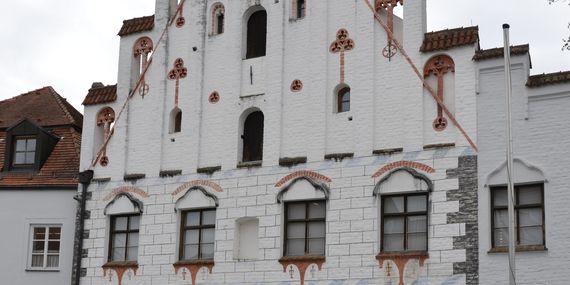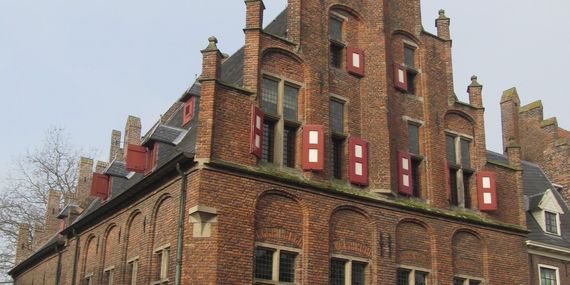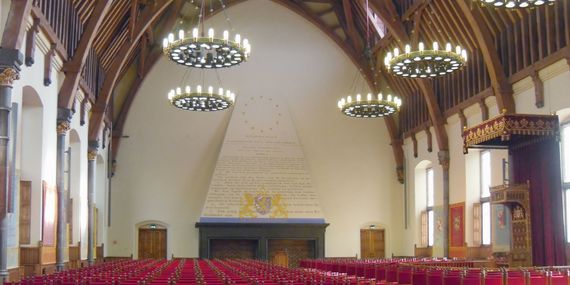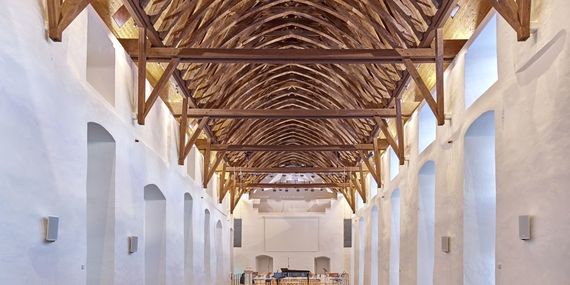Rossstirn (Oberhausmuseum Passau).
Copyright: Oberhausmuseum Passau
Castles of the Lower Bavarian Duke in the 15th and 16th centuries
There was no primogeniture in the Duchy of Bavaria until 1506. That is why the territory was not inherited undivided by the first-born, but divided repeatedly among different descendants. As a result, a whole series of ducal seats, which were constantly redesigned were spread over the territory of the country. Later mergers often used these seats as official seats or pension offices. The respective “partial dukes” also built several residences within their smaller territories, which served for executing and representing their rule.
An important part of the duchy of Bavaria was Straubing-Holland, which existed from 1353-1425. "Holland" actually meant the Lower Bavarian regency in the Dutch counties of Hainaut, Holland, Zeeland and Friesland. The two parts of the territory, about 800 km apart, had to be equipped with appropriate seats.
Duke Albrecht I emphasised the importance of Straubing as a royal residence when he began building the new Straubing Dukes Castle in 1356, which also served as a "fortified residence and administrative centre". The 400 square metre Knights' Hall is one of the largest banqueting halls of its time. The open roof truss in the form of an inverted ship’s hull has strong similarities with its counterpart in the second main residence in Den Hague, which still serves the Dutch royal house for representation purposes today.
Innerhalb des sogenannten „Straubinger Ländchens“ bildete die Stadt Dingolfing einen wichtigen Vorposten des Herzogstums in Nachbarschaft zur Residenzstadt der Herzöge von Niederbayern-Landshut.
Um 1410/20 errichtete Herzog Johann III. hier einen neuen Kastenhof. Als der Ort später zu Niederbayern-Landshut kam, nahmen hier auch Herzöge selbst und sogar Kaiser Friedrich III. Quartier. Auch an diesem Bauwerk kann man die Beziehungen nach Holland deutlich nachvollziehen. Die Fassade mit dem markanten Stufengiebel zeigt Anklänge an holländische Backsteingotik, wie beispielsweise das in der gleichen Zeit entstandene Rathaus von Doesburg in Holland.



